Cell
A cell is the basic structural and functional unit of all living organisms. It is the smallest unit of life that can replicate independently, and organisms can be made up of a single cell (unicellular) or multiple cells (multicellular).
Types of Cells
There are two main types of cells:
- Prokaryotic cells: These cells lack a nucleus and other membrane-bound organelles. They are simpler in structure and are found in organisms such as bacteria and archaea.
- Eukaryotic cells: These cells have a true nucleus and membrane-bound organelles. They are more complex in structure and are found in organisms such as plants, animals, fungi, and protists.
Cell Structure
The typical eukaryotic cell consists of several main parts:
- Cell membrane: A semi-permeable membrane that encloses the cell and regulates the passage of substances in and out of the cell.
- Nucleus: The control center of the cell, which contains the genetic material (DNA) and directs the cell's activities.
- Cytoplasm: The gel-like substance inside the cell where organelles are suspended.
- Organelles: Various specialized structures within the cell that perform specific functions, such as the endoplasmic reticulum, Golgi apparatus, mitochondria, and chloroplasts (in plant cells).
Cell Functions
Cells perform a wide range of functions necessary for life, including:
- Metabolism: Cells carry out chemical reactions to obtain energy and build and break down molecules.
- Reproduction: Cells can reproduce to create new cells through processes like cell division.
- Homeostasis: Cells maintain a stable internal environment despite external changes.
- Response to stimuli: Cells can respond to internal and external stimuli to maintain their functions.
Cell Theory
The cell theory is a fundamental principle in biology, which states:
- All living organisms are composed of one or more cells.
- The cell is the basic unit of structure and organization in organisms.
- All cells come from pre-existing cells through the process of cell division.
Understanding the structure and function of cells is essential for understanding the biology of living organisms and the processes that sustain life.
[Cell] Related Worksheets and Study Guides:
.◂Science Worksheets and Study Guides Sixth Grade. Plant reproduction
Study Guide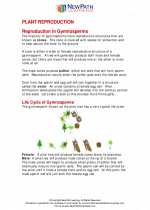 Plant reproduction
Plant reproduction  Activity Lesson
Activity Lesson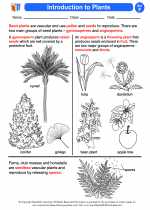 Introduction to Plants
Introduction to Plants  Worksheet/Answer key
Worksheet/Answer key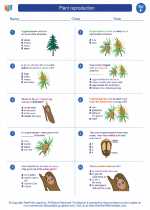 Plant reproduction
Plant reproduction  Worksheet/Answer key
Worksheet/Answer key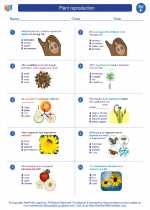 Plant reproduction
Plant reproduction  Worksheet/Answer key
Worksheet/Answer key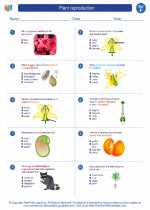 Plant reproduction
Plant reproduction  Vocabulary/Answer key
Vocabulary/Answer key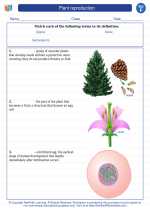 Plant reproduction
Plant reproduction 

 Activity Lesson
Activity Lesson
 Worksheet/Answer key
Worksheet/Answer key
 Worksheet/Answer key
Worksheet/Answer key
 Worksheet/Answer key
Worksheet/Answer key
 Vocabulary/Answer key
Vocabulary/Answer key

The resources above cover the following skills:
LIFE SCIENCE
From Molecules to Organisms: Structures and Processes
Students who demonstrate understanding can:
Use argument based on empirical evidence and scientific reasoning to support an explanation for how characteristic animal behaviors and specialized plant structures affect the probability of successful reproduction of animals and plants respectively.